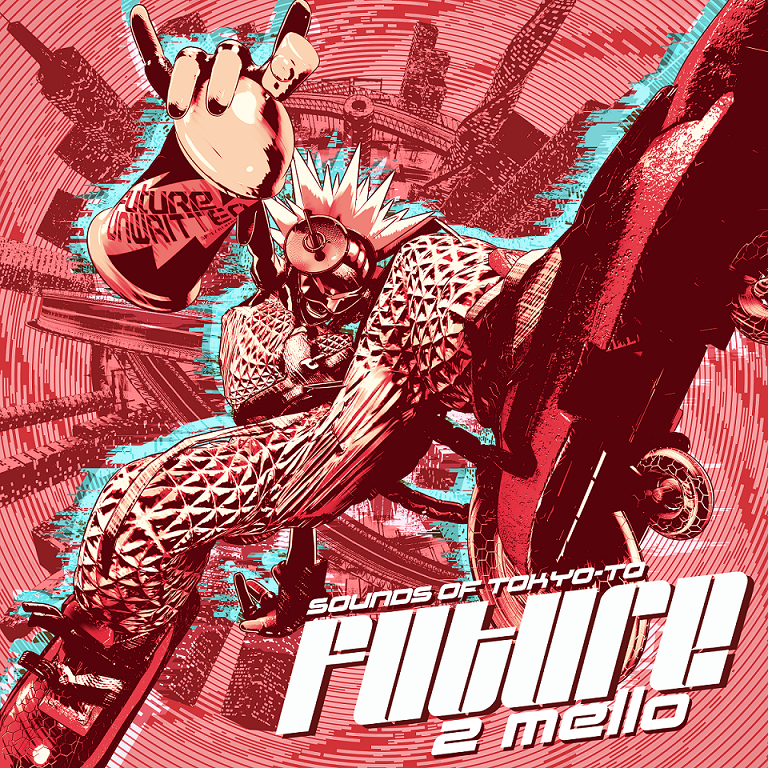CREATING SOUNDS OF TOKYO-TO FUTURE PART 15: PULL UP
Album art by Ethan Redd
“PULL UP”
Audio Track Count: 55
Favorite Sound: The bluesy sampled guitar chops underpinning the entire track
Cutting-Room Floor: Nothing, this one is what it is
Inspirations: Hip-hop, drum n’ bass, the Roni Size tracks from the Blade 2 soundtrack, Chelmico and RIP SLYME, Run The Jewels
Ever since I got noticed for my video game mashup work in 2013, I feel that I’ve been struggling and working tirelessly to prove that I have serious production chops and am serious about music. Mashups are powerful music–the last fifteen or so years wouldn’t be the same without them. However, I also think people are quick to categorize producers of mashups as being just that, without an opportunity to be anything else. As anyone who’s worked on a mashup already knows, it is just as tricky and detail-oriented and profoundly meaningful as making any other type of music is. It can make you laugh, cry and feel elated. I think it’s incredibly wrong to judge people as musicians for making a lot of mashups. But people underestimate you for it, and it was for that reason that I consciously suppressed my ability to be humorous and silly a lot since 2016 or so.
I just can’t fight the urge anymore, y’all. If I have some truth and some humor and I’m sitting down to write lyrics about it, the time just flies by and I come up with so many ideas I never would have had if I was trying to write the music equivalent of an Instagram “share this to your story or you don’t care about other human beings” card. And what better album for writing a song about myself as a man with a hand that supernaturally seeks out and smacks racists than a Jet Set Radio-themed one? The game where a single teen can take down the military with spraypaint cans, and push back gentrification because they skate real good?
“PULL UP” was a cathartic song to write in a world where a lot of ugly shit goes on in front of all our faces and yet, you still have people holding up stop signs and saying there’s a morally right and polite way to express your frustration with it. It’s completely absurd, so it deserves an absurd response. I had gone back and forth on writing a more serious track about what I was feeling, but that particular kind of sincerity just didn’t fit the mood or sound of this album. So I wasn’t intending to bring the energy down–my only choice was to heighten it.
I’ve talked about a lot of tracks getting stuck in a 90-second creative rut during these blog posts, but “PULL UP” was for the longest time literally just the beatbox loop, the electric piano, the guitar chops and my hook. 30 seconds or so of music. I loved the idea of drawing people in with a catchy beat, then spinning their head around as they realized what the song was going to be about. The titular “PULL UP” was originally drawn from the vocal sample that appears at 0:45 and throughout. The phrase and the sound had irresistible energy, and the hook came out of that. I just thought, “what’s something I could imagine myself pulling up and doing to absolutely enrage some people acting like pieces of shit”?
Rap at drum n’ bass speeds (writtens, not an MC working the crowd over a DJ set) has been sort of rare, but some examples I drew on here to make the beat and figure out how I wanted to rap over it were the work of the Japanese rap groups Chelmico (“Easy Breezy” from the Eizouken opening) and RIP SLYME (“Super Shooter” from the Gantz opening, secret’s out that I get some of my music taste from anime), and Roni Size’s contributions to the Blade 2 soundtrack (Child Of The Wild West, Raised In The Hood). I chose to pace the rap and hook as if I was rapping over the beat at ½ time, giving myself plenty of space to be expressive and humorous and playfully messy, even “spoken” in spots (0:57, 1:03, 1:09, 1:11). I speed it up at 1:59 for a couple bars, too. The primary point of the song is to be very loud and clear about what I’m saying and take up space, so I didn’t want to be too concerned with having everything closely ride the beat, especially when the beat is already so frenetic.
With my producer hat on in an album like this that’s mostly instrumental, it’s always a relief to get a chance to let the lyrics do most of the work and have the beat just be a normal beat for once. It was the same way on “Poison Jam (Part II)”. I transferred some of the elements from the intro (the Rickenbacker bass, electric piano and central guitar chops) over and added a fresh modern drum n’ bass beat over with a “hey” sample (the same one from Sound Effects Record No. 27 actually!), and the slightly off-tune phasey reverby vocal melody in the right ear, which is one of my favorite additions.
The hook slows down, but I still needed to make it huge and I did so with the Isaac Hayes-esque choir (winking to the often-sampled intro to Walk On By), a more aggressive reprise of the chorus,a heavy breakbeat and stereo-panned metal guitars. I also love sampling my own voice whenever I can, and I did that with the “don’t test me” part pitched up and chopped in the background. For this part, I was inspired by the Run The Jewels song “Lie, Cheat, Steal” and how massive the hook sounds when it debuts.
The second verse doesn’t have anything new as far as production goes, but I was listening to the hook beat by itself at one point and started singing the vocals from 2:31 on, very spur of the moment. Since the hook had been present three times throughout the song already and repeated quite a lot, I was happy to subvert its presence at the end. I’m proud of the energy of my more rock-like singing, and I really wanted that whole part of the song to sound like I was fleeing the authorities on rollerblades with my hands swelled up as big and red as Hellboy’s. While making coffee one morning, I got the idea for the song ending with me in custody because my smacking hand automatically sensed the racism of some cops and got me in trouble, as happens to us all from time to time. The whole outro was a delight to write, and I’m actually surprised I found so many ways to work the word “smack” into other concepts that would be funny. My favorite is probably the mental image of “Smackamari Damacy”.
It’s weird to talk in depth about a song that is already so abundantly clear about what it is, but I hope that you enjoyed this dive into the production and conception of “PULL UP”!
Above: Full view of the “PULL UP” mixdown in Ableton Live. Most DAW programs arrange music from left to right on the timeline, so the left end is my intro and the right end is my ending, with every sound placed in a linear fashion. The rows of color are audio tracks, and the tighter multicolored bands of audio tracks are collapsed Groups.


